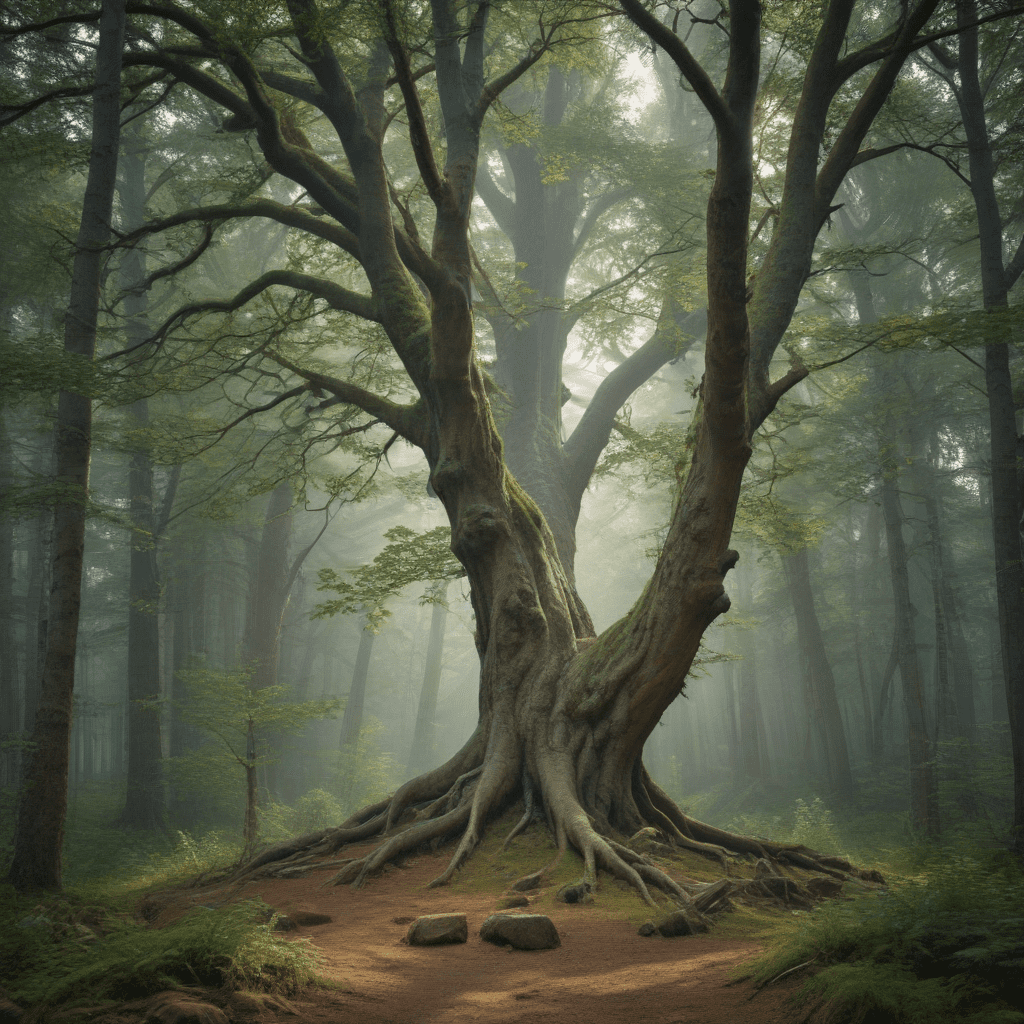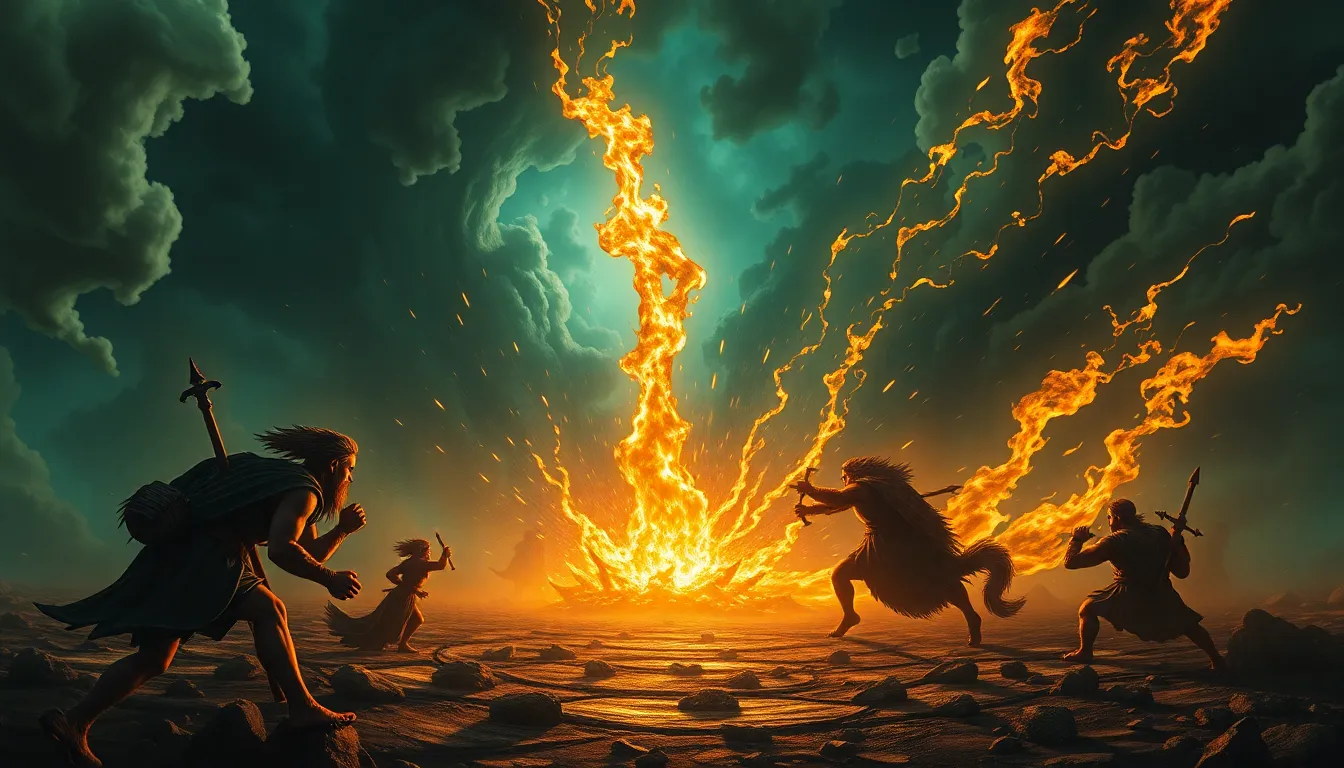Glimpse into the Mayan Worldview:
The ancient Maya civilization, renowned for its sophisticated calendar system, hieroglyphic script, and awe-inspiring architecture, held a profound reverence for the natural world and the intricate workings of the cosmos. Their belief system was deeply intertwined with the rhythms of nature, the movements of celestial bodies, and the omnipresent presence of the sacred. This worldview informed every facet of Mayan society, from agricultural practices to artistic expression, and most notably, in their captivating mythological dances.
Mythology as a Guiding Force:
The vibrant tapestry of Mayan mythology served as a guiding light, illuminating their understanding of the world's origins, the roles and responsibilities of deities, and the intricate relationship between humanity and the cosmos. Central to their pantheon was the maize god, Yum Kaax, who embodied the life-sustaining power of agriculture. Equally revered were the rain god, Chaac, and the sun god, Kinich Ahau, whose celestial dance dictated the rhythms of life and the changing seasons. Through their myths and legends, the Maya sought to comprehend the mysteries of existence, their place within the grand cosmic design, and the delicate balance between the natural and the supernatural realms.
Ritual and Performance:
Ritual and performance permeated every aspect of Mayan life, serving as a bridge between the human and the divine. Dance, in particular, held immense significance, transcending mere entertainment to become a sacred form of communication with the gods. Through meticulously choreographed movements, elaborate costumes, and resonant music, the Maya sought to appease deities, ensure bountiful harvests, and reaffirm their connection to the ancestral realm. Dance wasn't merely a spectacle; it was a conduit for spiritual expression, a vibrant dialogue with the unseen forces that shaped their world.
Part 2: Decoding the Dance
Movement as Language
Mayan dance wasn't just a series of steps; it was a language, a complex system of communication that conveyed stories, beliefs, and emotions. Each movement held symbolic significance, echoing the rhythms of nature, the movements of celestial bodies, and the interactions between deities and humans. The dancers' bodies became vessels for expressing the intricate narratives of their mythology, reenacting the deeds of gods and ancestors, and communicating with the spirit realm.
Costumes and Adornments
The elaborate costumes and adornments worn by Mayan dancers weren't mere装饰; they were imbued with deep symbolic meaning. The vibrant colors, intricate patterns, and feathered headdresses represented specific deities, mythical creatures, and ancestral spirits. The masks, often depicting animal or supernatural figures, served as conduits for channeling the power of these entities. Every detail, from the type of fabric to the placement of ornaments, held significance, contributing to the overall message conveyed through the dance.
Music and Rhythm
The pulsating rhythms of drums, the haunting melodies of flutes, and the resonant chants of singers formed the sonic tapestry of Mayan dance. Music wasn't merely accompaniment; it was an integral part of the performance, creating a trance-like atmosphere that heightened the spiritual experience. The instruments used, often crafted from natural materials like wood and bone, were associated with specific deities and elements, further amplifying the symbolic meaning of the dance. The precise rhythms and melodies served as a bridge between the physical and spiritual realms, transporting participants and observers into a realm of heightened consciousness.
Part 3: Theories and Interpretations
Dance as a Bridge to the Otherworld
One prevailing theory posits that Mayan dance served as a means to connect with the spirit realm, allowing communication with ancestors and deities. The rhythmic movements, symbolic gestures, and altered states of consciousness induced by the performance facilitated a connection with the unseen forces that governed their world. Through dance, the Maya sought guidance, appeased the gods, and ensured the continued well-being of their communities.
Reenacting Myths and Legends
Another interpretation suggests that specific Mayan dances reenacted pivotal events from their mythology, reinforcing their cultural memory and understanding of the cosmos. These performances served as living narratives, bringing to life the stories of creation, the deeds of gods and heroes, and the cyclical nature of time. By reenacting these myths, the Maya maintained a connection to their ancestors, preserved their cultural heritage, and reinforced their shared understanding of the world's origins and purpose.
Empowering the Community
Beyond its spiritual significance, Mayan dance played a crucial role in strengthening social bonds, fostering collective identity, and celebrating shared values. The communal nature of dance performances brought people together, reinforcing their sense of belonging and共同目标. The shared experience of witnessing and participating in these rituals fostered a sense of unity and purpose, reminding the community of their shared history, values, and aspirations.
Frequently Asked Questions (FAQs)
What are some of the most well-known Mayan dances?
Some of the most well-known Mayan dances include the Deer Dance, the Serpent Dance, the War Dance, and the Rabinal Achi, a theatrical dance-drama that tells the story of a conflict between two Mayan kingdoms.
Are Mayan dances still performed today?
Yes, Mayan dances continue to be performed today, both in traditional ceremonies and as cultural presentations. Many communities in Guatemala, Mexico, and Belize still preserve and practice these ancient dances, ensuring the continuation of this rich cultural heritage.
What is the significance of Mayan dance in modern society?
Mayan dance serves as a vital link to the past, preserving the cultural heritage, mythology, and spiritual beliefs of the ancient Maya civilization. It also plays a role in fostering cultural identity, strengthening community bonds, and promoting understanding of indigenous cultures.
The rich tapestry of Mayan dance offers a glimpse into the complex and fascinating worldview of this ancient civilization. Its intricate movements, symbolic costumes, and resonant music served as a bridge between the physical and spiritual realms, expressing their beliefs, communicating with deities, and celebrating their connection to the cosmos. By understanding the deeper meaning behind Mayan dance, we gain a profound appreciation for the artistic and spiritual legacy of this remarkable culture.



